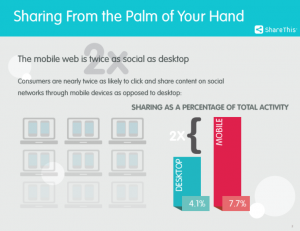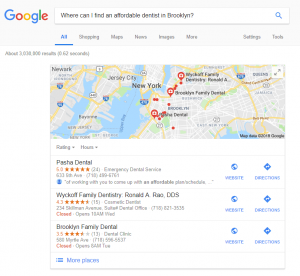What’s the purpose of a website? For most companies, the answer is three-fold: (1) Build brand awareness, (2) communicate company values and USP’s, and (3) generate revenue that far exceeds the cost of marketing and creating a quality site. Attractive, modern websites are fun to look at, but do they convert into sales that produce a Return on Investment (ROI)?
For 8 years, I’ve worked with clients to create value and build trust online. The one common thread among every initial consultation is that companies rarely have an idea of what will actually produce sales; they understand what looks attractive to them, but they lack a sales-based vision for their site.
Below I’ll lay out three key strategies your website must utilize if you want to generate sales that exceed the investment required for an amazing website.
1. Invest in a High-Quality Logo, Branding Theme and Layout
Our brains and eyes are wired to process visual information more efficiently than text-based content. With the average attention span of your site’s visitors at just 3 seconds, text isn’t always the best way to communicate your message. There’s a biological reason for this. As reported by SHIFT:
- 40 percent of the nerve fibers in our brains are linked to the retina.
- The brain can see images that last for just 13 milliseconds.
- Our eyes can register 36,000 visual messages per hour.
- We can get the sense of a visual scene in less than 1/10 of a second.
- 90% of information transmitted to the brain is visual.
- Visuals are processed 60,000X faster in the brain than text.
Focus on the visual collateral on your website. It’s equally as important as the text that accompanies it. A great place to start is with a unified color scheme for your site and accompanying material. Work with a logo creator to incorporate these colors across your brand. As consumers come to trust your site, they’ll pick up on the visual cues that your color-scheme provides; reinforcing the fact that they’re interacting with your trusted brand.
2. Establish a Sales Funnel with A/B Testing
You wouldn’t settle on a car without taking it for a test-drive, and then comparing it to other models, would you? Your website needs to drive traffic towards making a purchase. To do this effectively, A/B testing is critical.
Start by establishing the user-action that you want your website to accomplish. Then, think through the process that your customers will need to complete in order to put cash into your pocket. Develop the site around this concept and you’ll find that even the best-laid plans require constant modification and optimization.
To get a better frame of reference on this process, I reached out to a colleague that specializes in developing complex sales channels that convert. Mark Goodman, the co-Founder of S9.com, put it this way: “The focus in online marketing has to be on ROI, instead of metrics that sound good and are easy to measure. The only metric that matters is sales growth. Creating a complete, revenue-generating flow on a website takes time and investment, but the ROI should be at least 200% of the capital invested. A/B testing of different approaches will fine-tune the process for specific industries and niche-markets.”
You’ll see that Goodman’s website uses bright colors to catch the eyes of visitors, along with professional graphics that convey value-propositions. And, of course, there’s mention of everyone’s favorite four-letter word: FREE!
Identify your target customer, understand their perspective and develop a sales journey that leads them to converting into a paying customer. If it were easy, everyone would do it. But, you’re looking for real results, and your company needs a strong ROI in order to stay ahead of the competition.
3. Deliver Exceptional, Personalized Attention to Your Clients
A great website will automate the vast majority of the sales process. But, your customers are looking for more than a digital platform. They need to know that the people behind the website are going to provide them with exactly what they need, when they need it.
Many websites make the mistake of hiding the human element behind layers of automation. Instead, include tools that empower customers to reach you quickly, before they consider using a competitor’s product or service. A human-centered website will include:
- Videos of your team members explaining how products or services work, including USP’s.
- to is a powerful, free service that allows your customers to contact your team instantly from your site. Your team can answer chat requests from their computers, as well as a sleek mobile app.
- A visible phone number! Don’t force customers to submit a trouble ticket and await a reply. While they wait for a response, they’ll be searching for alternative service providers.
Create a website that’s visually compelling and informative. Take advantage of a sophisticated sales-funnel that guides visitors through the conversion process. And don’t ever take your eye off of sales growth; that’s the only metric that defines winners and losers in the e-commerce space.
Digital & Social Articles on Business 2 Community(67)
Report Post






